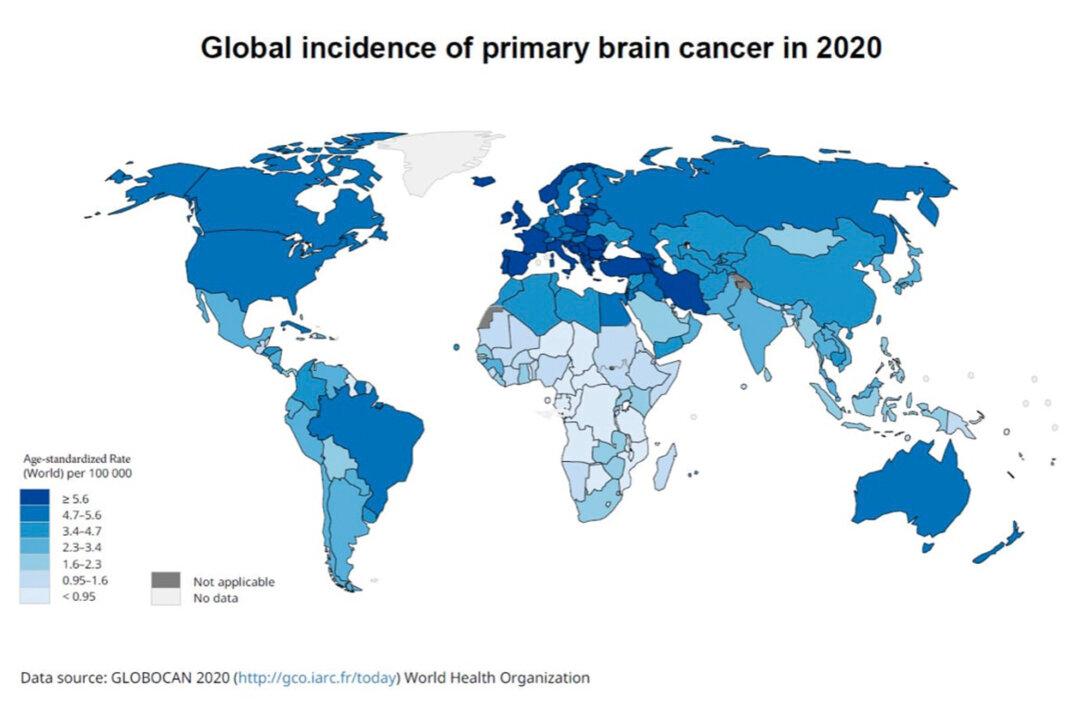A joint study by the University of Hong Kong and Indiana University suggests that top conservation priority should be given to older trees in the forest canopy owing to their exceptional drought tolerance and carbon storage capacity. Furthermore, a diverse forest structure and species composition can also improve the ability of forests to resist future droughts under climate change.
The study analyzed the growth-ring data of almost 20,000 canopy trees from 119 tree species on five continents and found that older trees in the forest canopy are more resistant to drought than younger canopy trees and could better buffer the impact of extreme climate conditions. The results highlight the importance of conserving existing mature forests, not only for maintaining forest biodiversity in the forests but also storing carbon dioxide to mitigate climate change.




